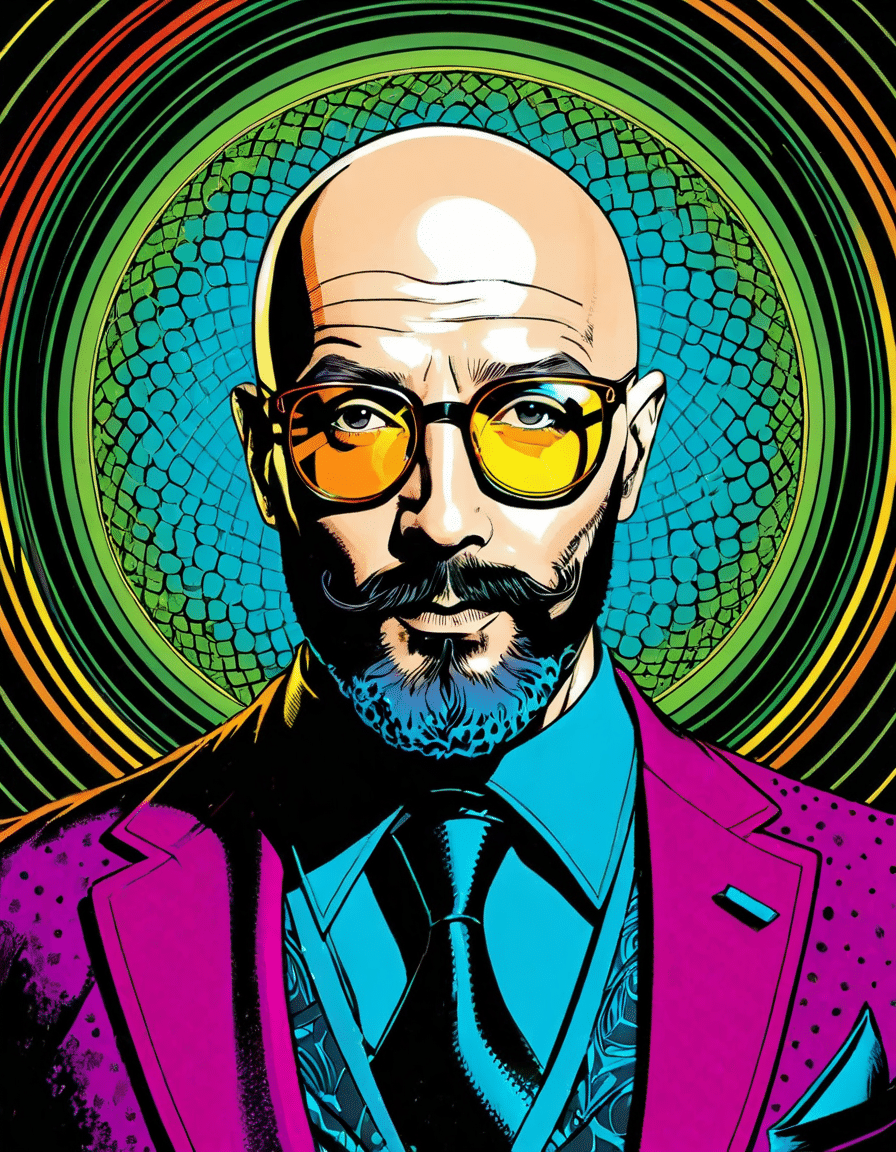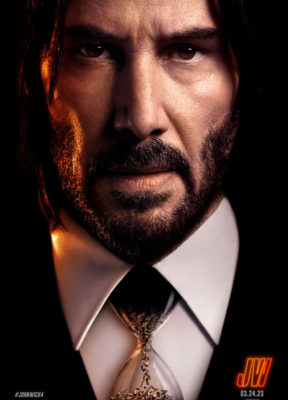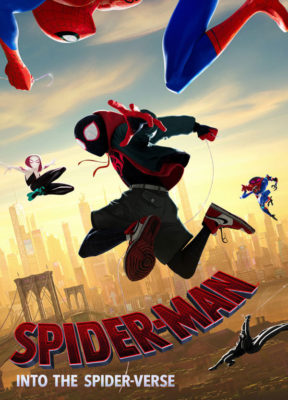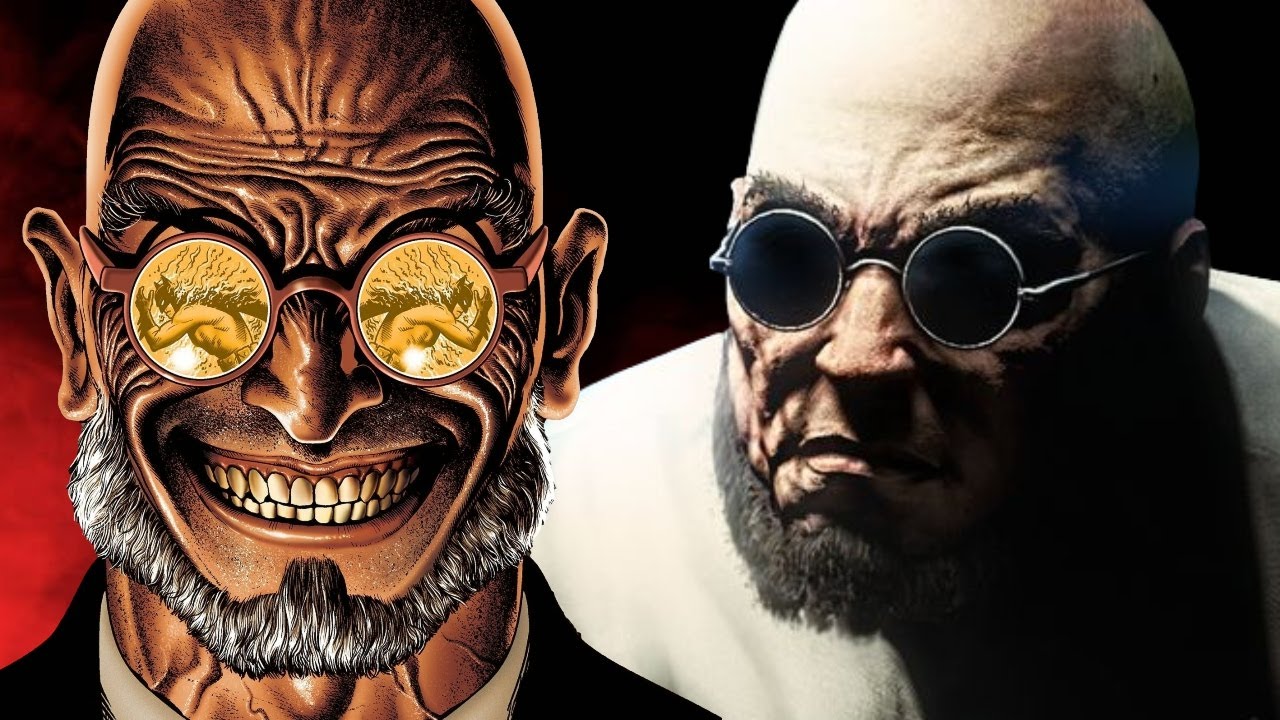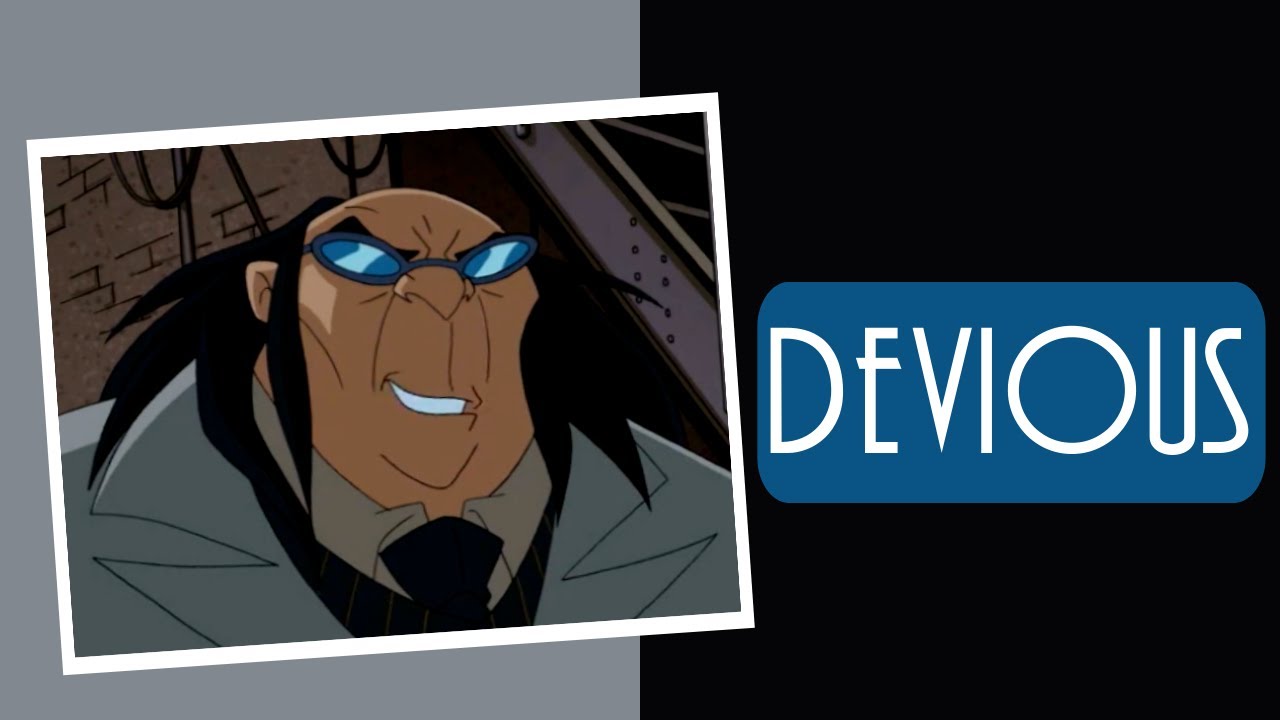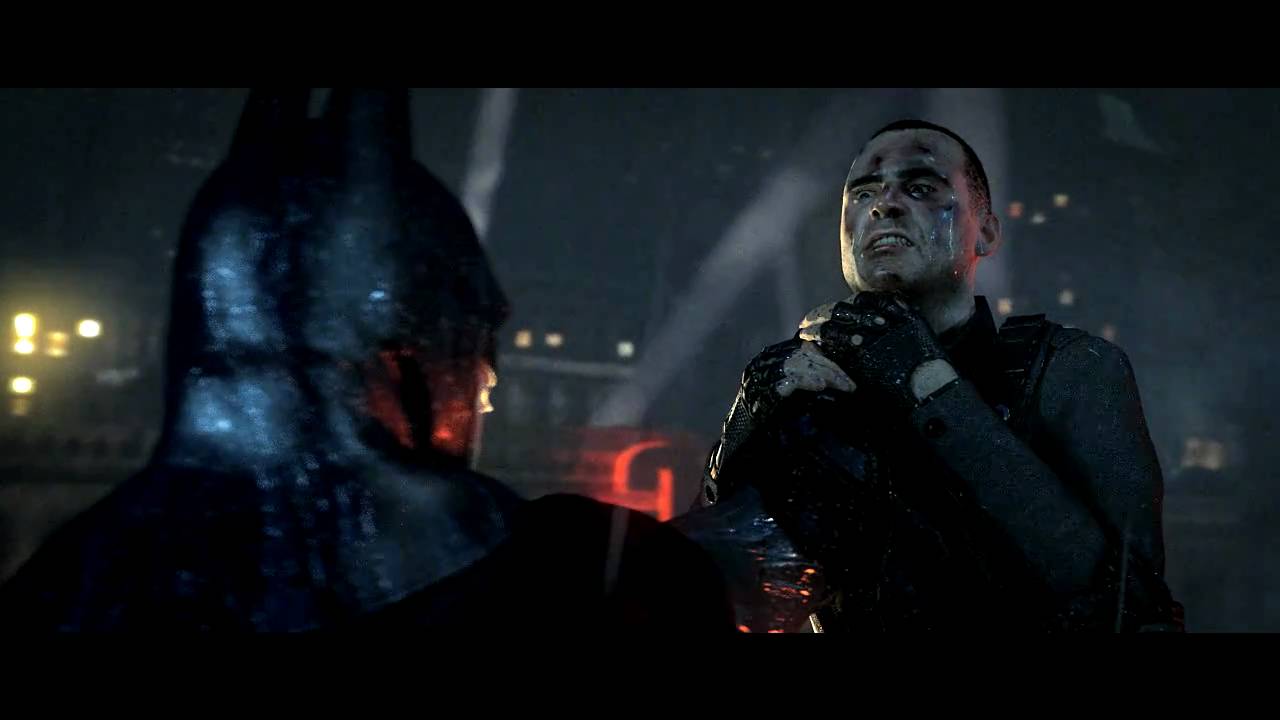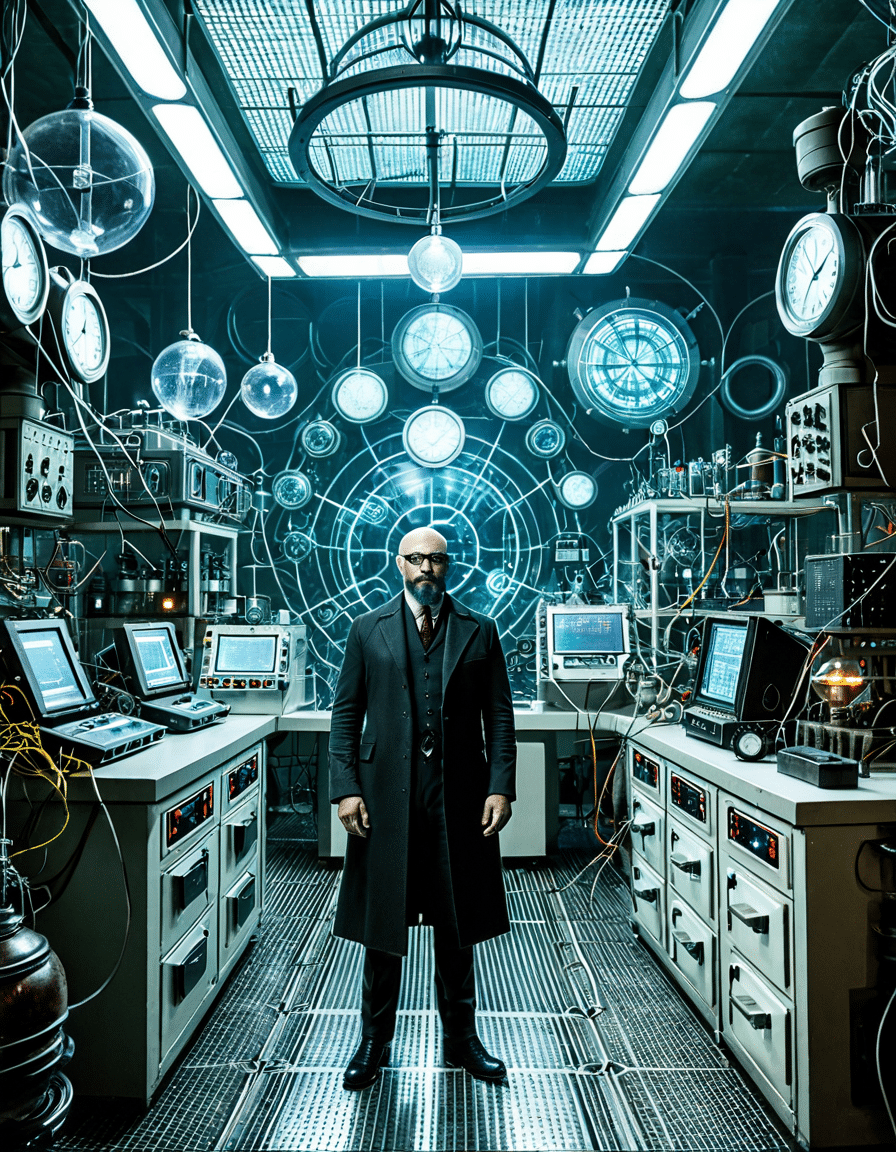
Hugo Strange The Eccentric Genius Behind Batman’s Mystique
Hugo Strange, a name synonymous with obsession and intellect, has carved his niche in the Batman universe since his debut in 1940. Created by the brilliant duo of Bob Kane and Bill Finger, Hugo Strange emerged as one of Batman’s earliest foes. What sets Hugo Strange apart from many other villains isn’t simply his desire for power or revenge; it’s his psychological depth and unsettling intellect. Get ready, as we dive deep to uncover Hugo Strange, the eccentric genius whose unique characteristics hold the key to understanding Batman’s mystique.
1. The Origins of Hugo Strange: A Deep Dive into Gotham’s Enigma
Hugo Strange’s character first graced the pages of Batman comics in an era when most adversaries were one-dimensional. His migraine-inducing intellect and obsession with Batman have cemented him as a staple in Gotham’s complex tapestry. Unlike typical villains driven by simpler motivations, Hugo Strange is a kaleidoscope of conflicting desires, creating a rich narrative that invites deeper interpretation.
From his beginnings, Strange has been studiously dissecting the nature of heroism and villainy. Trained as a psychiatrist, Strange’s academic pursuits introduced him to a world of intellectual curiosity that spiraled into madness. This storytelling choice offers a fascinating glimpse into the psyche of a man who not only wants to understand Batman but to become him. The intricate relationship between Batman and Hugo Strange sets the stage for a nuanced exploration of villainy, illustrating how personal motivation can redefine the very fabric of comic book narratives.
As we peel away the layers, it becomes clear that Hugo Strange’s origin story resonates with contemporary discussions around identity and mental health. In a society increasingly aware of the invisible struggles individuals face, his story mirrors these complexities. This dimension makes it evident that Hugo Strange is much more than a villain; he represents the human quest to grasp the elusive nature of self.
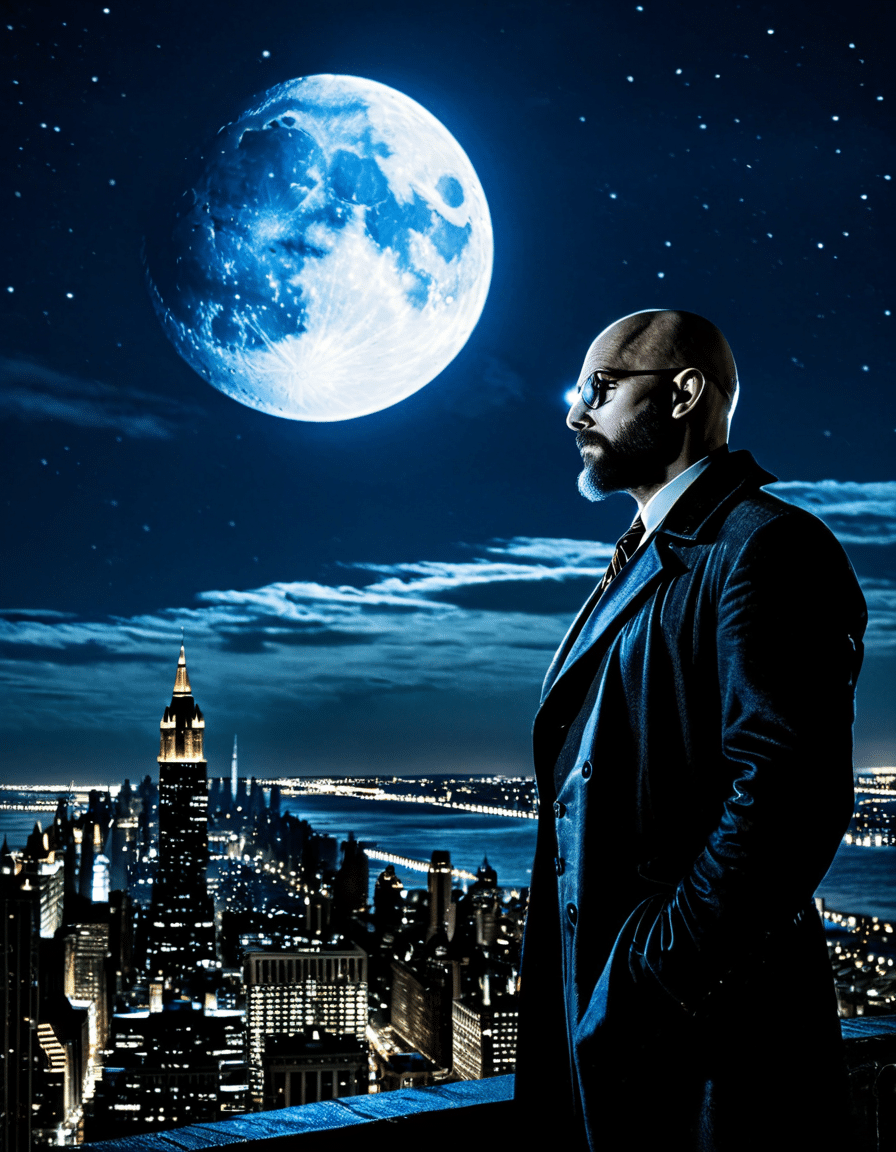
2. 7 Unique Aspects of Hugo Strange That Shape His Legacy
Hugo Strange is not just a name in a comic book; he has had a monumental influence on the Batman narrative and beyond. Here are seven standout aspects that define his legacy:
2.1. A Psychological Profile of Madness
Delving into Hugo Strange reveals a character driven by psychological intricacies. His obsession with Batman is more than a mere fixation; it reflects complex themes of identity and self-perception. It echoes theories proposed by influential figures like Sigmund Freud, who delved into the depths of the human mind. Writers have increasingly incorporated psychological depth into villain narratives, which has influenced modern storytelling.
2.2. Innovation in Technology and Science
A defining trait of Hugo Strange is his uncanny ability to wield advanced technology for his sinister experiments. His transformation of victims highlights early portrayals of the “mad scientist” trope that would later inspire characters across numerous franchises. The parallels drawn between Strange and historical figures like Edward Teller or J. Robert Oppenheimer challenge audiences to contemplate the moral dilemmas that accompany scientific progress.
2.3. Master of Disguise: Identity and Deception
Hugo Strange’s knack for disguise illustrates the fractured nature of self. Much like the Rocky Rabbit character, who embodies a hidden chaotic spirit, Strange pulls off various personas, keeping audiences guessing. This duality not only showcases his cunning but also holds a mirror up to society, prompting reflections on our hidden identities.
2.4. Influence on Subsequent Villains
Strange’s character serves as a template for future villains in the DC universe, touching the likes of The Joker and Scarecrow. His combination of intellect and insanity has paved the way for more psychologically complex villains. Analyzing how writers have woven such complexities into stories enhances our appreciation for comic narratives.
2.5. Philosophical Undertones: The Nature of Evil
Each confrontation between Hugo Strange and Batman invites existential questions regarding morality. Are Strange’s motives grounded in madness, or is there a richer understanding of humanity beneath? This philosophical discourse runs parallel to films like “Se7en” and “Fight Club,” prompting audiences to examine the thin line separating heroism from villainy.
2.6. Hugo Strange in Popular Culture
Beyond comic books, Strange’s influence has expanded into animated series and video games. His portrayal by John Glover in “Batman: The Animated Series” remains iconic, showcasing how fearsome this villain can be. This prevalence solidifies Hugo Strange’s place in popular culture, influencing not only superhero narratives but also broader storytelling techniques.
2.7. A Reflection of Society’s Anxieties
Hugo Strange embodies society’s anxieties about mental health and technological advancement. Today’s audiences face increasingly complex dilemmas, and his eccentric traits resonate now more than ever. Strange’s character encourages critical conversations around the fine lines separating genius from insanity, reflecting the challenges we grapple with in today’s fast-paced society.
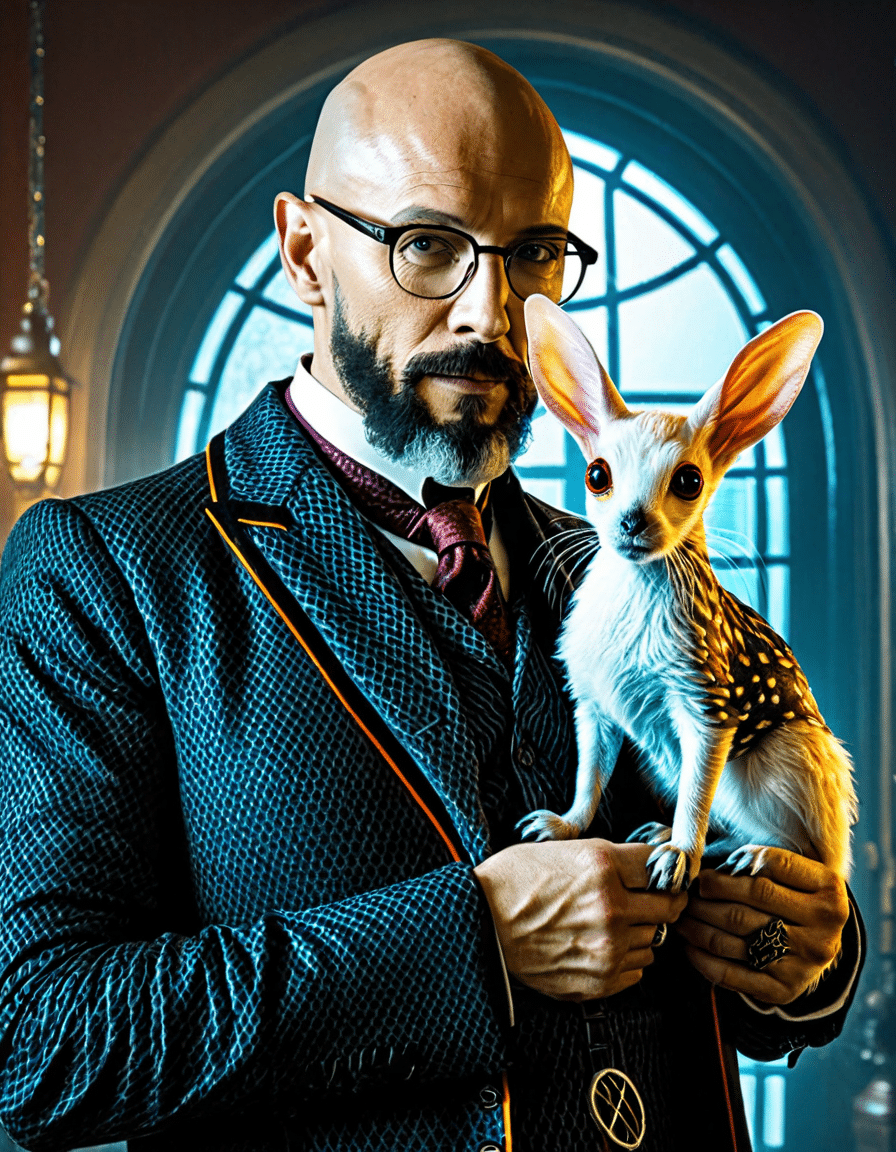
The Enduring Impact of Hugo Strange
Hugo Strange has transcended the role of a mere antagonist within the Batman saga. His intricate portrayal of madness, combined with intellectual depth, showcases the many layers of human nature and societal fears. As an eccentric genius, he invites audiences to ponder the nuances surrounding morality, identity, and the very nature of evil.
This captivating journey through Hugo Strange’s character reminds us that villains can indeed function as societal reflections. They challenge us to confront our own complexities while constantly reshaping the storytelling landscape. For both new and long-time fans, appreciating Hugo Strange provides profound insights, ensuring that he remains an essential component of comic—and cinematic—narratives.
Whether you’re catching the latest “I See You” movie or unraveling the mysteries of the latest tech craze, like “Starfield” on PS5, understanding characters like Hugo Strange prepares audiences to dive deeper into the stories they love. After all, diving deeper not only enriches our viewing experiences but reveals the layers beneath the surface, making every film or comic we encounter unforgettable.
Hugo Strange: The Eccentric Genius Behind Batman’s Mystique
The Origins of an Iconic Character
Hugo Strange first appeared in the comics back in 1940, and to say he’s aged well would be an understatement! This legendary villain was one of the first to truly delve into the psyche of Batman. Oddball, yet brilliant, Hugo Strange’s unique blend of intellect and insanity adds intriguing layers to Batman’s lore. Fun fact: his name is often thrown around in pop culture circles, kind of like “Tom Cruise’s daughter, Suri”, who’s also captured public fascination just by existing.
Strange’s obsession with the Caped Crusader reportedly mirrors the themes of identity and duality found in many classic tales. You might draw a parallel to the intricate storytelling in movies like “I See You,” where one twist leads to another, keeping viewers guessing until the end. Speaking of classics, did you know that certain aspects of Hugo Strange’s character can be likened to some of the iconic figures from the Fargo movie cast? Complexity and moral ambiguity abound in both worlds.
A Lasting Impact on Gotham
Hugo Strange didn’t just pop up out of nowhere; he’s a product of his time, yet his influence remains strong in today’s Gotham narratives. His character paved the way for future villains to explore psychological depth, setting the stage for the likes of the Joker and Two-Face. His unsettling charm, coupled with an uncanny ability to exploit the fears of others, echoes the wider tapestry of human nature—a theme explored in stories about viking names that embody valor and ferocity.
On a different note, Strange has taken on various forms of media, being featured in TV shows and video games, much like how “Starfield” has transcended traditional gaming boundaries. Just as Atlanta terminal map plays a crucial role for navigating through travel, Strange serves as a pivotal element in the Batman saga, steering narratives into intriguing territories.
The Eccentric Genius Unites Fans
What makes Hugo Strange truly captivating is his ability to unite different fandoms. With incarnations across various platforms, he showcases the flexibility of comic book storytelling. For instance, some comic enthusiasts dive into his origin, wrapped in psychological complexity, while film buffs often appreciate the layering of stories, similar to how Julie Gonzalo’s movies intertwine romance and conflict.
Strange’s eccentricity resonates even outside of his universe, inspiring characters that push boundaries and explore darker themes. And, let’s not forget, he’s a great conversation starter—much like discussing the Puta meaning can flip a mundane dinner into an enlightening chat. Whether you’re a die-hard Batman fan or just someone curious about comic book narratives, the enigma of Hugo Strange continues to fascinate and perplex.
